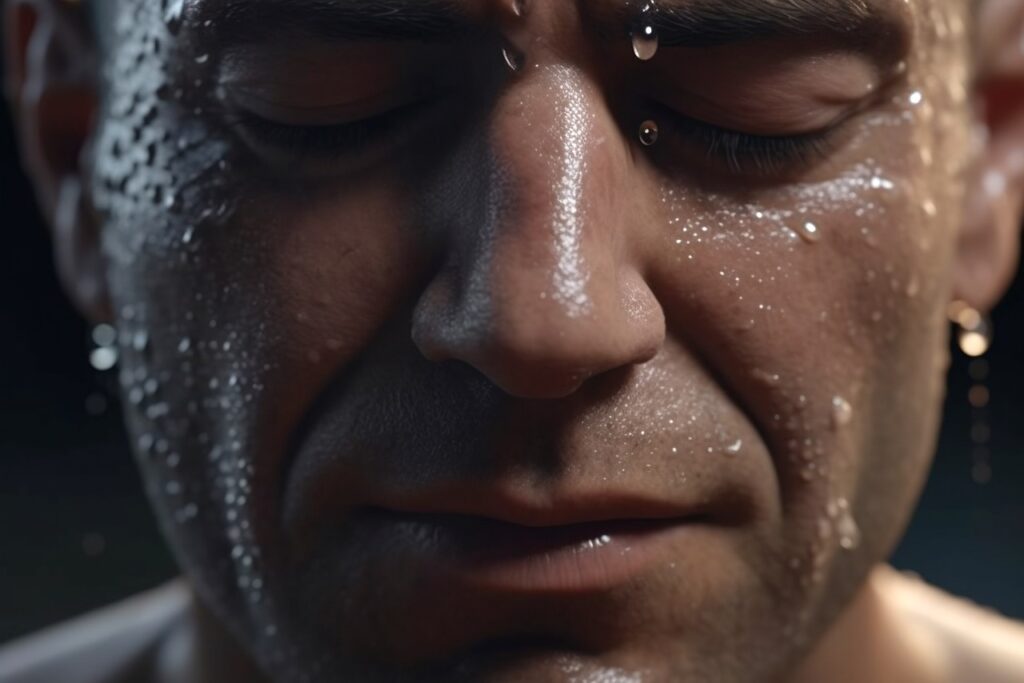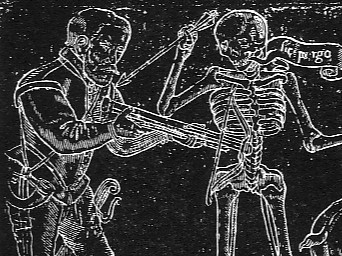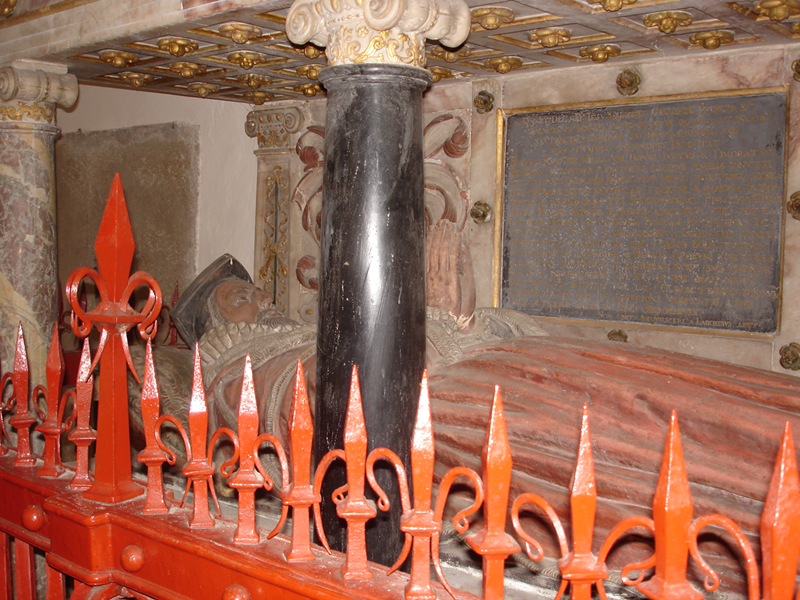Where exact dates are known, these are given on the timeline headers, otherwise we have used “January 1st in the year X” to represent “sometime in year X” or a nearby known date. Where events took place over or within a period of several years, we have listed the year in which the events started. The finer detail, where known, is included in the text, and this should help clarify.
The “Read More” links in the summaries open short articles with more information. These open in new web tabs so you can easily return to your place in the timeline.
This is a work in progress – we will add more as time allows.
We are hugely indebted to Amber Dunstan for her research and hope you enjoy reading about the people involved with Hunsdon and its church over the years…
Hunsdon was given to the Duke of Norfolk
Hunsdon was given to Sir Henry Wyatt, who held it for the King (Henry VIII).
Francis Poyntz was Esquire of the Body to the King for life. In 1527 he was sent to Spain to solicit the deliverance of the children of the King of France, who were detained as hostages under the Treaty of Madrid.[1] His father, Sir Richard Poyntz, was Chancellor to Queen…Read More
Princess Mary came to live at Hunsdon shortly after the death of her mother, Catherine of Aragon. Princess Elizabeth joined Mary at Hunsdon after the execution of her mother, Anne Boleyn.
Prince Edward was sent to Hunsdon after the death of his mother, Jane Seymour, who died within a fortnight of his birth.
A portrait of Prince Edward attributed to William Scrots showed Edward standing by a window. Through the window, both Hunsdon Church and Hunsdon House can be seen.
Princess Mary was given Hunsdon for life.
Queen Elizabeth, who some have suggested never really liked Hunsdon, gave Hunsdon to her cousin, Henry Carey, 1st Baron Hunsdon (the second son of William Carey and Mary Boleyn – sister of her mother, Anne Boleyn).
James Gray was one of two park-keepers for Henry VIII at Hunsdon. In his will he specifically asked to be buried in Hunsdon Church and a plaque was put on the North Wall of the Church. Around this time only Sir John Carey and Sir Thomas Forster were buried in…Read More
Thomas Forster changed his surname to Foster when he married a distant cousin, Susanna Forster.[1] Born in 1548, he was the eldest son of Thomas Forster and Margaret Browning, who also lived in Hunsdon in a house called Swantons.[2] Sir Thomas Foster later built Nine Ashes. He was the only…Read More



